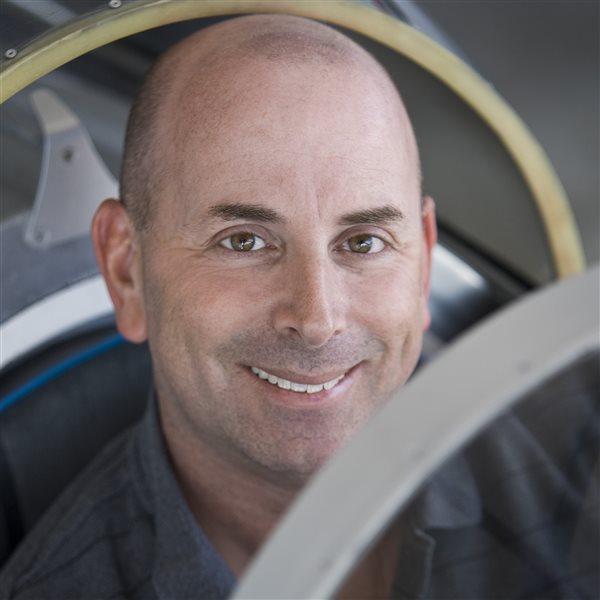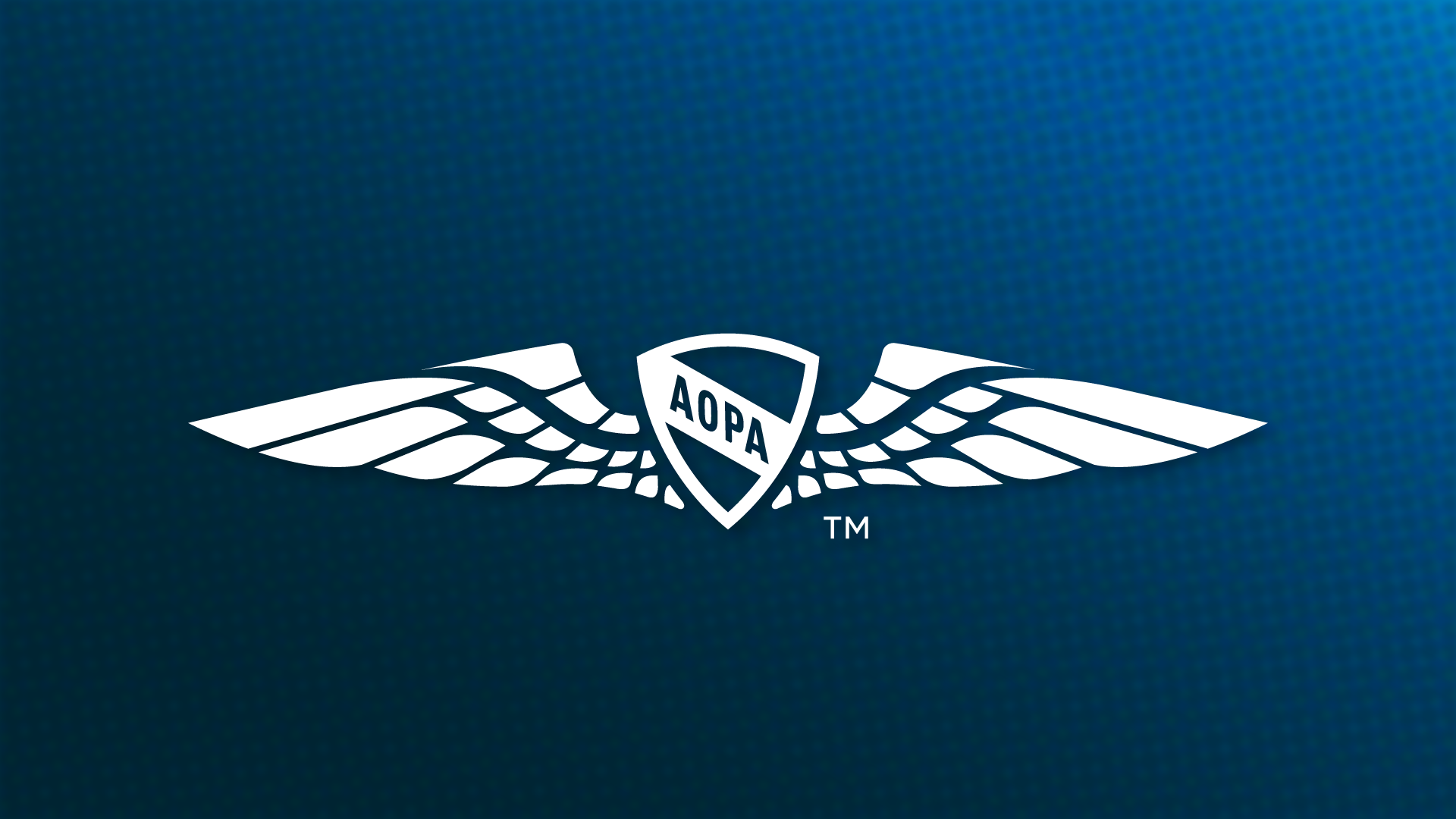Sinking feeling
It was a hot afternoon at the steamy peak of summer, and AOPA colleague Luz Beattie and I were flying an amphibious PA–18 Super Cub to Brainerd Lakes Airport (BRD) for a meeting. We were a full hour ahead of schedule, however, and that was enough time for some “aqua-tainment.”
I landed the Super Cub on an expansive lake, deployed the water rudders, then shut down the engine. I opened the fold-down door and told Luz I was going for a swim. I also suggested that she use that time to take the airplane for a few laps around the lake and do some water takeoffs and landings.
She didn’t need any encouragement and enthusiastically hopped in the front seat.
Stepping onto the buoyant right float, I took off my shirt and shoes and stowed them in the now-vacant rear seat. Luz told me she intended to do two takeoffs and landings. She said she’d shut down the engine after the second landing to make it easier for me to climb aboard without the distraction or danger of the spinning McCauley salami slicer.
I let her know that I’d swim in the direction of a boat dock about a quarter mile away, so she should look for me there when she was finished flying.
I admired the yellow and black Super Cub’s iconic outline as I floated away. Airplanes gain height and stature on floats, and my lowly water perspective made this one seem especially grand. The Super Cub sparkled with beaded water that made its yellow and black paint glisten.
I eased away as Luz restarted the engine, set the flaps, raised the water rudders, and closed the door. The unmuffled roar of the hard-working 160-horsepower engine bounced off the water as the Super Cub lifted off gracefully into the hazy sky.
I swam lazily in the direction of the dock as I watched the Super Cub make two circuits and two full-stop landings. They were both poetic visions of aero-nautical beauty. After the second water landing, the Super Cub came to a stop about 200 yards away from me in the middle of the lake. I waved to Luz showing her my location so she could taxi over and retrieve me. But the Super Cub didn’t turn.
Then its propeller stopped and the door opened. Evidently, Luz expected me to swim to the airplane. I’d already been treading water for about 20 minutes, but what the hell. Time to freestyle.
I spent a great deal of my youth surfing in Southern California and many of my formative experiences took place in the Pacific Ocean. This was a short swim by surfer standards.
But regrettably, I haven’t surfed in eons, and these days my cantankerous left shoulder painfully objects to repeated overhead motions. Suffice to say that Olympic swimmer Michael Phelps wouldn’t have been impressed by the slothful pace at which I made my way to the airplane. And I was huffing and puffing when I finally got there.
“What took you so long?” Luz wanted to know.
“I would have been here sooner if you hadn’t stopped so far away,” I answered. “Didn’t you see me waving?”
Luz pointed out that she’d done exactly what she said she’d do: Two takeoffs and landings, followed by a mid-lake engine shutdown. I gracelessly hauled myself onto the right float. I pulled my shirt on and then slid into the Super Cub’s rear seat. Luz cranked up the engine, took off, and flew the rest of the way to Brainerd. Leaving the door open allowed my clothes to air dry during the short, 15-minute hop. We even got there on time for our appointment.
Luz has taught me a great deal during the many hours I’ve been lucky enough to share a cockpit with her. She’s a consummate pro pilot, optimistic and even tempered, and she’s a model of consistency and consideration. Yet even though we communicate extremely well, this lake pickup episode showed that misunderstandings can still crop up between pilots who fly together regularly.
I’ve long chafed at micromanagement, and I recoil when someone tells me both what to do and how to do it. With fellow pilots, I may point out the benefits or drawbacks of a particular technique or type of approach, but it’s not a peer’s place to tell another how to perform their tasks.
Looking back at my extended swim in the Minnesota lake, it might have been wise for me to clarify with Luz prior to diving into the water that I wanted her to taxi the Super Cub as close as practical to me before shutting down the engine. In flying, maybe micromanagement is forgivable.
Aviation is full of instances in which a little clarification can avoid uncertainty or confusion—sometimes with much higher consequences than a refreshing swim in a placid Minnesota lake.
One of Editor at Large Dave Hirschman's first, and best, writing gigs was for a California surf magazine.



